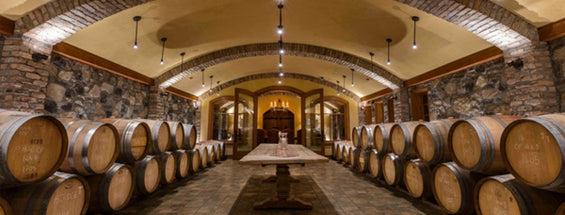Winery Info/Brand
The name “La Conseillante” first appeared in the middle of the 18th century. It was given to the property by a certain Catherine Conseillan, an influential figure who ran the estate at that time -almost 300 years ago. It was in 1871 that the Nicolas family bought the estate, whose surface area and vineyard plots have remained unchanged since then. Today, it is the turn of the fifth generation of the Nicolas to manage the estate, a demonstration once again of continuity and the attachment of the family to this great growth. Bertrand Nicolas and Jean-Valmy Nicolas are the joint managing directors of La Conseillante. Marielle Cazaux is the estate manager. The Nicolas heirs are clearly identified on each bottle by the initials “LN” on the label at the centre of a shield within a silver-edged border whose four corners are sloped. The violet-coloured bottle capsule evokes the characteristic aroma of the wine. These packaging features, first chosen back in 1871 by the Nicolas brothers, remain elegant and yet modern even today. Château La Conseillante is a member of the Union des Grands Crus and L'Académie des Vins de Bordeaux.


Region Info/Origin
The Pomerol region is located at the northern border where viticulture was present in the area during the time of the Romans. Though it is uncertain as to the origins of the name "Pomerol", but it is speculated that the word was derived from the Latin word poma, which refers to a fruit bearing seeds and is the origin of the French word pomme, meaning apple. This theory is supported by the region's long history of polyculture with many other crops, particularly fruits and grains, being cultivated in the area long before viticulture became a primary focus.




